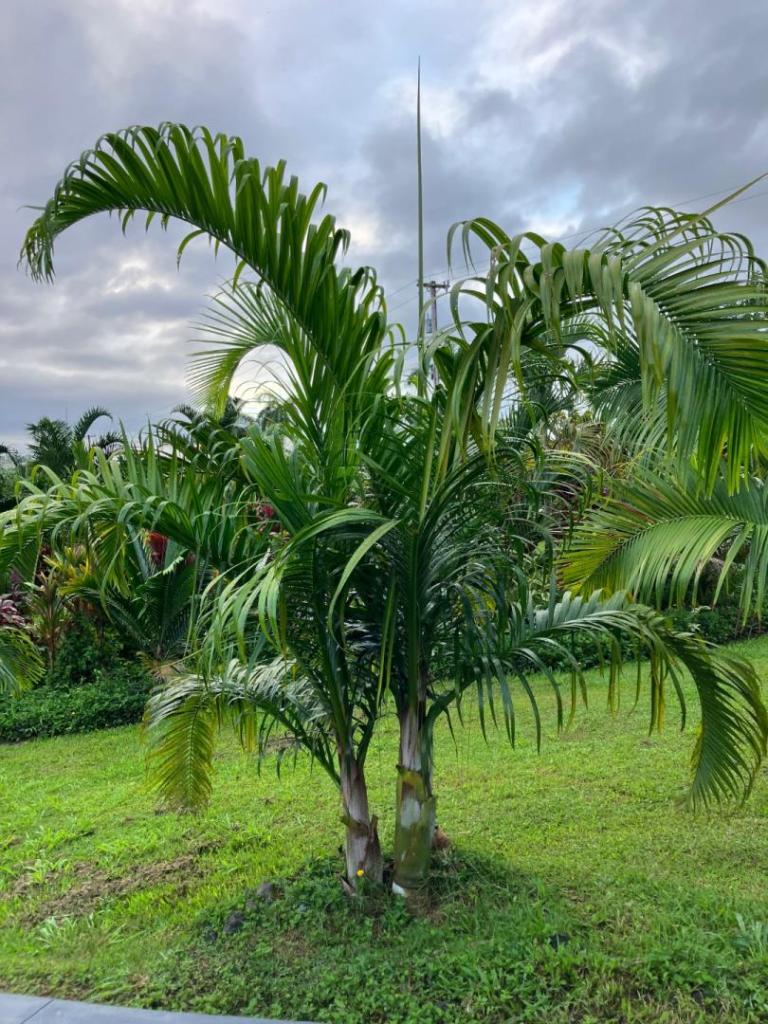Leaderboard
Popular Content
Showing content with the highest reputation on 10/21/2024 in Posts
-
7 points
-
Paul, First off, it was a pleasure having you two to the garden! Perhaps try a Chambeyronia in a spot that receives some sun. Maybe adjacent to a south or west facing wall. The picture below is one of my young ones this past January opening a new leaf in the winter’s cool temperatures. Most of my twelve flamethrowers produce three new fronds per year. The slower ones, 1 and half to two. It’s worth a try.6 points
-
4 points
-
4 points
-
A spot of gardening this afternoon in the mild spring weather. Perfect for planting plants. Soil is the key to a good start with my palms in my environment having black sandy loam you just need to amend it a little or a lot. The old saying a $2 hole for $200 plant or a $200 hole for a $2 plant it can vary at times. The magaloni is a tough proven palm already in my garden. The hookeriana have survived winters without a single problem so iam confident they will grow well I just need to add water.3 points
-
I planted a couple of 1g hookeris in full sun a couple of years ago, and they grow at a decent (for SF) pace, although they still sun burn pretty badly. The latest frond opened at the beginning of June and stayed burn free until the recent heat wave. The next spear was 1" then and almost 20" now. I do give them a lot of water. For other smaller palm ideas, Ravenea hildebrandtii has been easy in the shade for me and R. glauca similarly easy in full sun.3 points
-
We have a dry desert climate here vs a wet humid climate that keeps them dormant in the winter. Well drained soil and dry air are key to help them survive. Plus the types of species that are best selected for our area. Washingtonia Filifera do best here. Then Filibusta. Trachycarpus Fortunei do good if you keep them irrigated during the summer months (they do and look best in the Pacific NW). A lot of people used to plant Washingtonia Robustas here about 15 years ago (including me) because big box stores used to sell them. They just aren't as hardy as the other Washingtonia species.3 points
-
2024 Growing Season Update Just thought I'd post an update at the end of the 2024 growing season here in Accomack, VA on DelMarVa. It looks like the Jubaea chilensis has grown a couple feet since last summer and is now about 6 feet tall. I got tired of bringing 4 large Cycas pectinata in for the winter, so planted them out in the garden the other year. One sprang back at the end of last summer but it was tiny. This year I just discovered another one that has come back -- but just 2 leaves. C. pectinata's natural range is E. Asia - China, northeast India, Nepal, Bangladesh, Myanmar, Thailand, Cambodia, Laos, Vietnam. Here in Accomack it would survive outside in a pot until December (so down to 30's°F) when it's leaves would get browned, then I'd bring it in until spring when I'd set back outside. To survive temps in the 20's°F, I think the caudex must be well buried. The ones I had were grapefruit to cantaloupe size and the small caudexes were the ones which got buried deeper and sprang back to life. The Sabal minor var. Louisiana is still growing fine as are the needle palm (Rhapidophyllum hystrix) and Sabal minor 'McCurtain Co.' ecotype. I decided to try some Tillandsia usneoides which I hung out this spring on a saucer magnolia, some crepe myrtles and bald cypressees. It bloomed and now has lots of seed pods. It's been a very dry summer and fall. We are still in a drought with a deficit of several inches of rainfall. The spanish moss looks like it's doing just fine. Will see how it survives the winter. Another plant that likes more water than we get here in Accomack is the Coastal Redwood. In the picture, you can see a large bald cypress in the background with a coastal redwood (Sequoia sempervirens) in the foreground. Both trees are the same age. The average annual rainfall in Accomack Co. VA is 44 inches, but in the native range, the redwood receive 100 inches of rainfall annually. I have two planted, and the one in the photo planted in line with the bald cypresses is near a seasonally flooded low area. It's grown larger than the other planted out in the open in a drier, sunny location. Still both grow just fine, water seeming to be the limited factor in their growth rate here. They are less stressed by drought than either Leyland Cypress or Arborvitaea (Thuja).3 points
-
A nice little batch of seeds. Customs is the only delay really in getting them fresh from rps 7 weeks wait for customs Australia that’s not good for a living thing losing viability from the day it’s harvested. There excuse was they had a backlog not a lot you can do except phone calls and emails. I finally got some dypsis confusa, masoala Madagascariensis, Areca Montana, and geonoma mooreana. The mooreana and the confusa had started to germinate it took that long in customs. All were sown in coco coir perlite bottom heating 30 degrees Celsius and using etoliation method. A few months time I will know what I have germinating I hope.3 points
-
Harry it gets full morning sun, afternoon shade. Most of its life it got little to moderate water. Now I give it quite a lot of water especially when it is warm to hot. It likes being watered!3 points
-
My plant originally came from Floribunda palms here on the Big Island. It was grown from seed that was collected at a local garden here. Some of the seed came up different and showing hybrid traits. But all was collected from a Decipiens. I have seen the parent plant myself. There is a large multi trucked Chrysalidocarpus next to the Decipiens in the garden that seemed the most likely candidate for what it crossed with. I’ve posted a picture of that palm earlier in the thread. Floribunda sells palms to California nurseries which is how some of these made it out to other collections (like @iDesign). Others bought directly from Floribunda like I did. Hope that helps. Also, I can’t speak to other plants shown on this thread that didn’t come from Floribunda originally.3 points
-
I have one I planted in about 2005. It was as a seedling. It stayed very messy looking until a few years ago. That was when I trimmed it for the first time. After trimming it looked decent! Restarting this thread made me go and revisit today! The first two pics are before I trimmed it up. The next three are after trimming. It's starting to look special to me! The underside of the leaves is very silvery! The last pic the snips are there for scale. I will turn 67 next month so if I live to 100 it will grow from special to spectacular!!! Randy3 points
-
3 points
-
3 points
-
Send seed immediately please...I'll send you a courier pigeon!2 points
-
I bought this plant a few days ago and have run several identify checks from 2 apps and both of them told me that it is a robusta with one app giving me a probability of 67% but I am still not satisfied and have this doubt in my mind that this might be something else so here I am asking for your commments.2 points
-
I purchased y first shovel at age 18 4 handles later it retired. It had worn out that much it was only 4 inches long with a big scollop shape. It finally cracked in the middle the same time I inherited my father’s shovel you kinda get fond of the good old shovel. I used the wife’s shovel the other week a cheap China one my foot slipped (bare feet of course) 4 stitches later from a trip to the hospital I thought iam never using that one again yes I know even the hospital said bare feet I never wear shoes at home in the bush so far only one snake bite I lived to post this so it could’ve been worse. Richard2 points
-
When I travel through the tableland regions in the states of Paraná and Santa Catarina, where Butia eriospatha is native ( not so common), most of this regions also have in bigger quantities , wild "jerivá" (tableland varieties of Syagrus romanzoffiana) and frequently I see xButyagrus paranaensis, sometimes cultivated and some in semi wild conditions. All this are natural hybrids and not made by gardeners. They really are very atractive and some are really magnificent. When in cultivation they are probably selected about volunteers. I also remember the botanist Kelen Soares photographing hybrids of Butia lallemantii x Syagrus romazoffiana in the state Rio Grande do Sul.2 points
-
I have question, in South America where these palms are native how often and in what area are natural hybrids present? Butia has many different varieties, are these hybrids or distinct? As more and more people in North America are planting various palms, I wonder how much naturalization and hybridization is occurring.2 points
-
Yeah. You can't see the trunk in this pic but it's very thick! Plus the fronds are pretty Filiferish in size and color. I think I might have just came up with a new word "Filiferish". Lol2 points
-
This is a pic of a 42” pot that I have mine in… It is from about 2-1/2 years ago, and the the palm is bigger now, but doing just fine.. One of my concerns about going with a smaller pot was the with the palm being top-heavy, it might fall over.. It did a few times in he smaller pot, but with a few 100 #s of planter mix in this pot, it’s pretty well grounded… Butch2 points
-
Yes, the weather 🌴for the last 4 years has been absolute trash. The top 3 coldest winter lows of the last 34 years have all occurred in the last 4 years. The lows were not only exceptional but the duration of freezing as well. 2023 was the hottest summer on record since modern records began. 2022 was the second hottest summer on record. Add in the ensuing drought 😡 Everything that can go wrong has gone wrong. The 1980s were dark times for most of the South too. Hopefully we will be done with this nightmare soon. Don't let all the doom and gloom consume you though. I still plant like it's zone 9, 'cause it still is over the long-term. 🌴2 points
-
2 points
-
Things to study / find the links between that can influence a " good / ideal " or " bad / poor " WX pattern / help answer the above - highlighted question? PDO ( Pacific Decadal Oscillation ) ENSO Cycles ( El Nino / La Nina ) P.V. = Polar Vortex, and SSWE ( Sudden Stratospheric Warming events ) ...AND the various teleconnections that link everything together.. ..MJO, AO, NAO. and the PNA.. ..Some other, more obscure WX pattern " forcers " puzzle pieces to study out there too. Weird WX in one place = weird WX in many other places, ..though Weird here may be warm in Feb. while Weird back east = cold ..Warmer/ colder than what is considered " Normal " Simply put = No simple answer(s) ( Though there are plenty of simple people who assume there are ) .. lots of rabbit holes however, that will lead you down a lot more, as you gain knowledge..2 points
-
2 points
-
I did a whole bunch of cleanup today, and finished piling up all the debris for pickup. The cactus above was so top-heavy that I had to chop off most of it, but it'll grow back just fine. This time I drove 3x 4' stainless pipes into the ground and tied it tight. One big job today was removing the Bambusa "New Guinea Black" from the SE house corner. In the post on 10/16/24 I called it "Malaysian Black," but the Gigantochloa "Malaysian Black" is up in the NE corner of the yard. The specs on Tropical Bamboo's website are 20' tall and 1" culms, but it was more like 2" culms. I was going to move it to the SE hedgeline, but it's a somewhat "open" clumper and I decided to just trash it instead. After slicing it up with the reciprocating saw, it took about 30 minutes to dig out an entire 7g pot full of rhizome chunks: And in its place I transplanted a big clump of Rhapis Humilis I got from @palmsOrl a few years ago. This is a full sun spot, so we'll see how it likes blazing FL sun...2 points
-
I don't know how those palms survive there lol people in Albuquerque just know more about the palms in their yard and know its going to burn almost every year but they just cut all the dead fronds and there ya go! Though other people in other places iTs DeAd Just wait just wait ah look at that a new spear. How about that!2 points
-
@Foxpalms @gurugu The Isles of Scilly probably have 5 of the top 10 best UK beaches in my eyes. There are only a few others in mainland Cornwall and the western isles of Scotland that could maybe rival these. Even then, they probably still come up short against the top Isles of Scilly beaches. Tresco and St Martin's especially have several world class beaches each. Unfortunately my day-trip to the Isles of Scilly in September was very rushed due to several reasons that I won't go into, and I wasn't able to appreciate any beaches at all. Next time I visit the Scilly Isles, I will primarily focus on experiencing the idyllic beaches and crystal clear waters. Some of these are probably amongst the best beaches in all of Europe, specifically the top 5 below... 1.) Pentle Bay, Tresco (probably the best beach in the Isles of Scilly and one of the best in Europe) 2.) Par Beach, St Martin's (St Martin's probably edges Tresco for best beaches overall, and this is one of the best beaches in Europe). 3.) Ganilly Sandbar, eastern Isle chain (uninhabited) - can reach by boat or kayak from the east side of St Martin's... 4.) Great Bay and Little Bay, St Martin's 5.) Appletree Bay, Tresco 6.) Green Bay, Bryher (during low tide you can walk to Appletree Bay on Tresco). 7.) Horseshoe beach, Tean (uninhabited island) - can be reached by boat or Kayak from the west side of St Martin's. 8.) Pelistry Bay, St Mary's 9.) The Bar, St Agnes 10.) Bar split, Samson (uninhabited island) - can reach by boat from Bryher or Tresco Bonus - Porthmellon and Porthcressa beaches, St Mary's (both are immediately accessible after arriving on the ferry from Penzance). Here you can see all the beaches mapped that are worth visiting. Not all of them are shown above. The top 5 are must visits - Pentil Bay, Par Beach, Ganilly Sandbar, Great Bay/Little Bay and Appletree Bay. All 5 are viewable from Tresco and St Martin's.2 points
-
2 points
-
2 points
-
I remember that Patric told me that Dick Dougla's famous Butia odorata x Jubaea wasn't able to pollinate itself (steril pollen). This being hybrids of another butia species and also 3 different plants....maybe another story.2 points
-
1 point
-
If it were me I'd probably plant it in the second spot and throw a shade cloth over it. I wish I had used shade cloth in retrospect. I'm fairly confident that these will have no problem with full sun once they get more size though.1 point
-
1 point
-
1 point
-
I picked up @Darold Petty's hookeri today. It's a lovely little plant, about 24" high and with a salmon new leaf: Thanks @PlantMorePalms, that is useful and may answer my next question. I have two potential locations for this palm. One gets morning shade and afternoon sun (I know the opposite would be ideal, but we don't have that). This would be right next to our Geonoma, Ceroxylon and Rhopalostylis (the Ceroxylon is hidden behind the little rhododendron). It also has overhead protection from the neighbor's cherry tree, which Darold noted might be good for this species. The second is on the other side of the yard, open to the sky and with full sun until about 4pm. Honestly I am leaning toward this location, but don't want to fry the plant. (The Acacia on the neighbor's side is a root sport which we will remove for them if they don't do it.) Any thoughts would be welcome. Also, as Darold noted, this was in his unheated greenhouse. How long do you think I should let it acclimate before planting it out? Thanks, you folks are the best!!1 point
-
1 point
-
Dang lol its even flowering cause its doing so well thats cool! thats one of the rare exceptions of palms flowering in pots if they are that big and in a good pot size crap my mimis bottle palms in florida which were bought as 3 gal small sized plants same size that Bkue has is 18 years old and isnt that big DANG!!1 point
-
1 point
-
Ok that makes sense yeah i remember hearing about that i guess i just forgot lol well thats cool! Yeah it makes sense California Fans are a zone hardier than robusta and a little hardier than filabusta.1 point
-
Two more Plumeria planted...... ..Yes, in self made baskets ..BIG baskets.. this time < ...Because of the constant threat of the tunneling furry menace >.. Hard to tell but each hole is about 18" deep. Only mistake i made was not tying off the first basket ( Sides to one another / base ) Shouldn't be an issue since any gaps are quite small. Furry menace probably won't appreciate trying to slide past any sharp metal burrs that remain after the panels for the basket were cut anyway. W/ the 2nd basket < not pictured > , all panels were carefully tied together. Considering that both cultivars are listed as tough and pretty easy going, i figure these shouldn't have too hard of a time holding up in our heat ..and what minimal effects from any cold we might experience, when we do. All will be white washed / re-painted to get them through their first summer or two. I may plop the Samoan Fluff i have in the ground too once i get another one going next year. Mexi Pink. Courtade Pink.. 2 X 4's sticking out of the ground in front of it are part of a forth-coming project. ......3 new Plumeria added. These will go into containers, not the ground, lol Legit Luc's Gold Cup < FCN >, Mardi Gras < ET > ( ..Have a seedling of Ma.Gra. coming along too after experiencing a hiccup shortly after germinating ) ..& the unexpected acquisition of Chablis < JJ > while picking up something else. My kinky 2nd yr. Mardi Gras seedling after a rough start..1 point
-
Ya know just for fun Ima try and buy a mule palm and try and winter protect it for a few years i think it will be a cool experiment! maybe get it off of jungle music or off eBay like you did I don't know ha-ha.1 point
-
Really interesting stuff. Since I have tried many hybridization in the past, some were easy and others didn't work. For example: Syagrus inajai didn' t produce any seeds and S. glaucescens produced viable seeds when B. eriospatha flowers were pollinated.....1 point
-
1 point
-
Reviving an old thread. I don’t hear too much about these . I have had mine over 25 years and it is so slow I forget about it. Earlier this year it looked like it was dying but recently opened a couple new fronds. I think it would have done better with more shade, it gets quite a bit of sun. Harry ‘the new frond looks healthy but it may be some time before I see another! I was out and about back in 1995 or so , on my way home from Santa Barbara , when I stopped for coffee in Montecito . I decided to go for a walk and stumbled onto a nursery that looked interesting . I mentioned to the owner that I collected palms . He perked up and said “ I bet you don’t have one of these”. He took me back to a run down , old greenhouse that he was taking down and there it was in a one gallon pot . He let me have it for $25 . I keep it tucked in between rocks because I read that it’s habitat is rocky ledges but maybe I will try a bit of organic fertilizer and mulch just to see if I can kick start it a bit. Harry1 point
-
All 3 of these Chrysalidocarpus Prestonianus hybrids came from Bill Austin here on the Big Island. Seed from his Prestonianus tree. Not sure what they are crossed with and as the photos show, there’s some variation between them. First up is my personal favorite of the 3: And then there’s this one that is similar to the first but has split into 2: And then this one is quite a bit different. Coloring, leaf structure and form, and it pushed out one sucker off the main plant awhile ago: I will try to also post photos of my big one from my previous garden that also came from Bill but a few years before I got these. It was different as well as it had irregular / almost plumose leaflets. Feel free to share pictures of this hybrid here if you are growing it.1 point
-
1 point








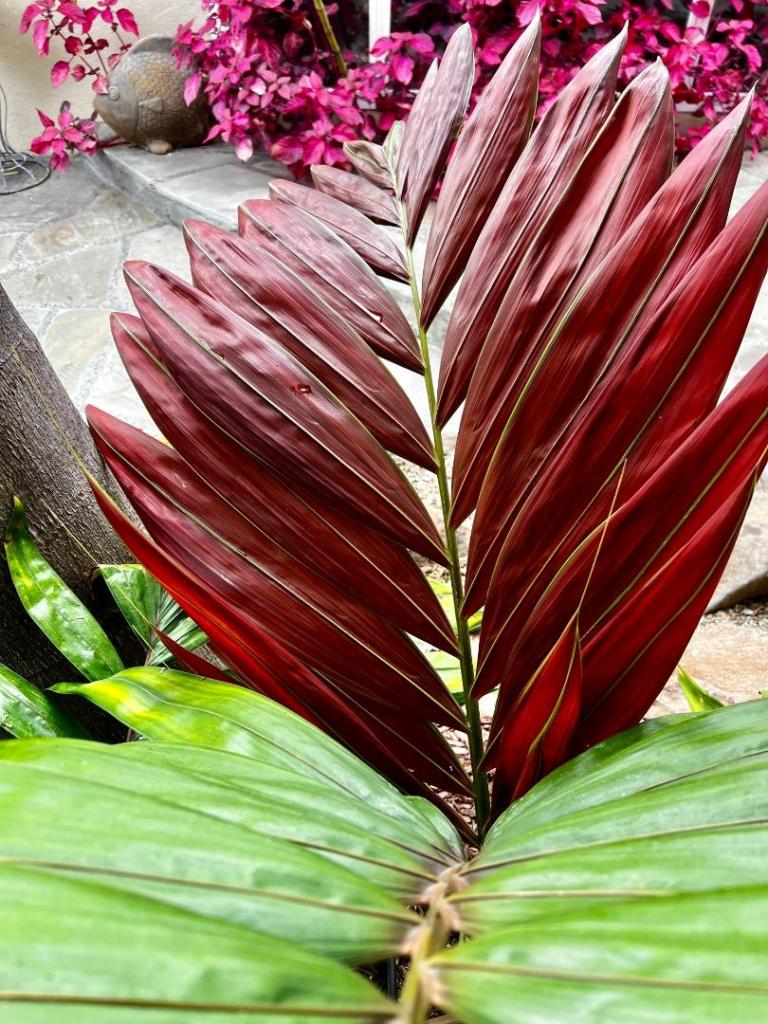










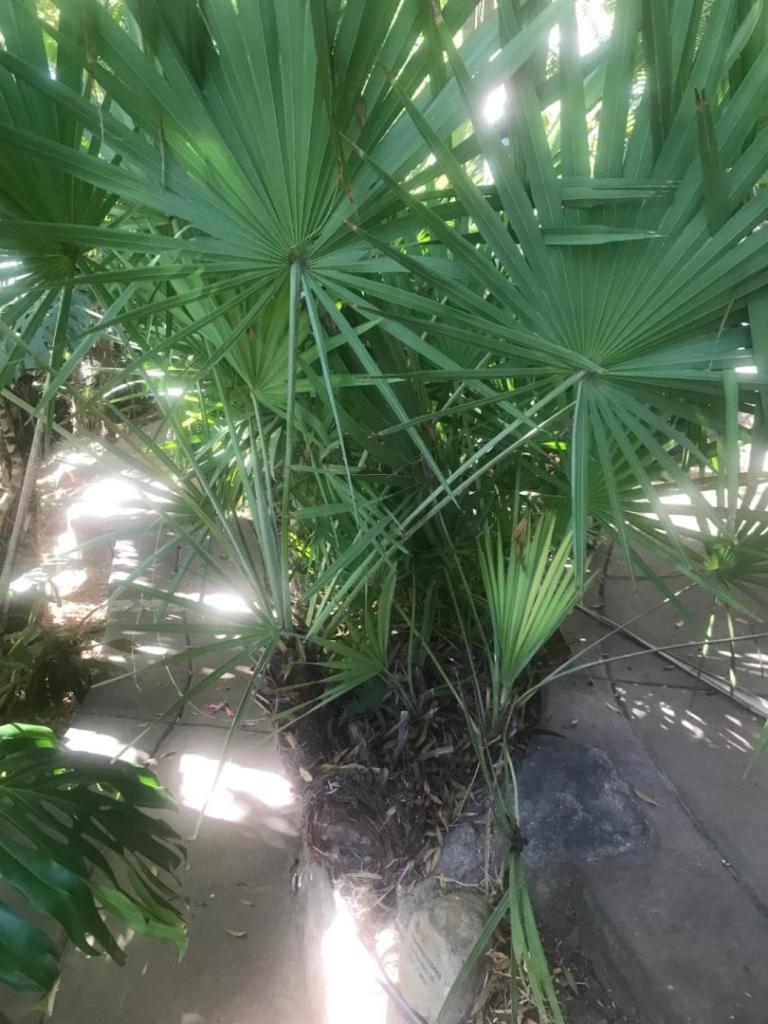






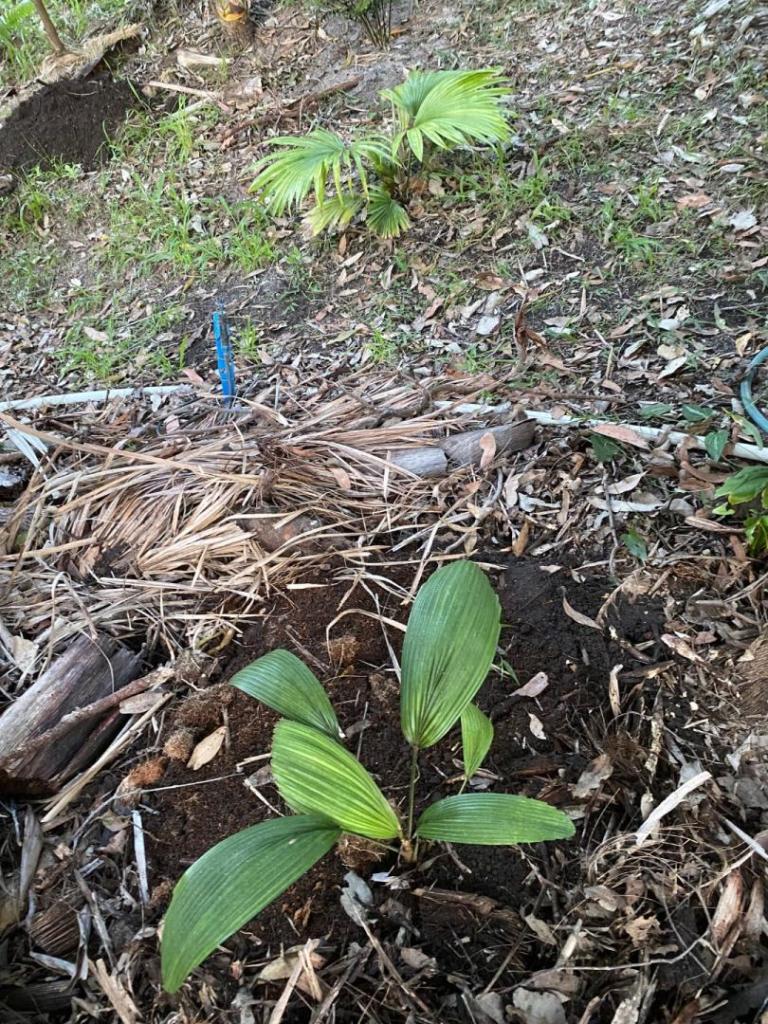



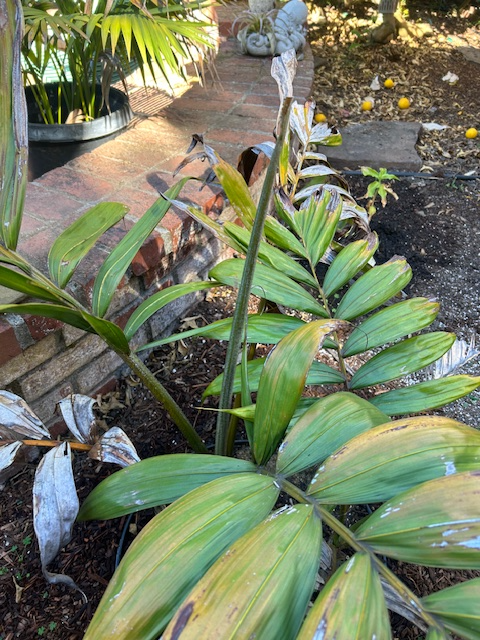

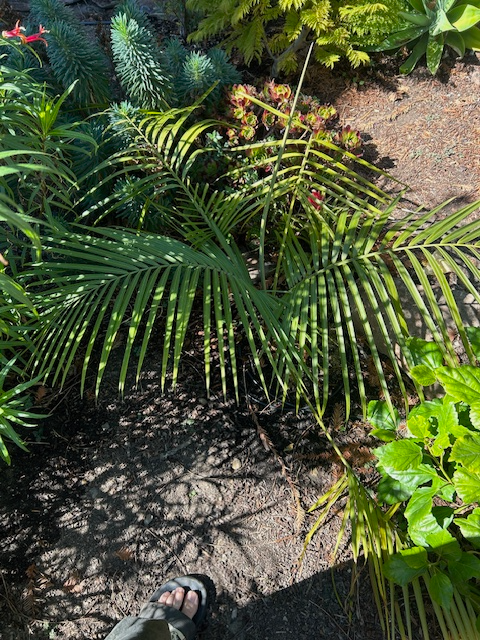




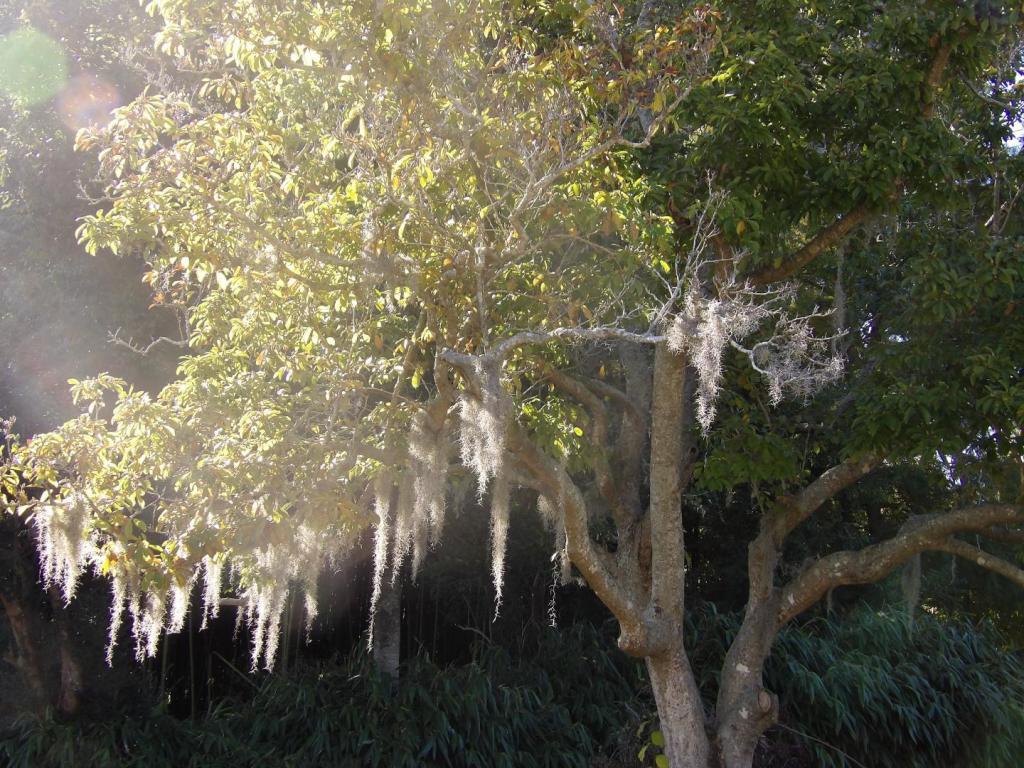







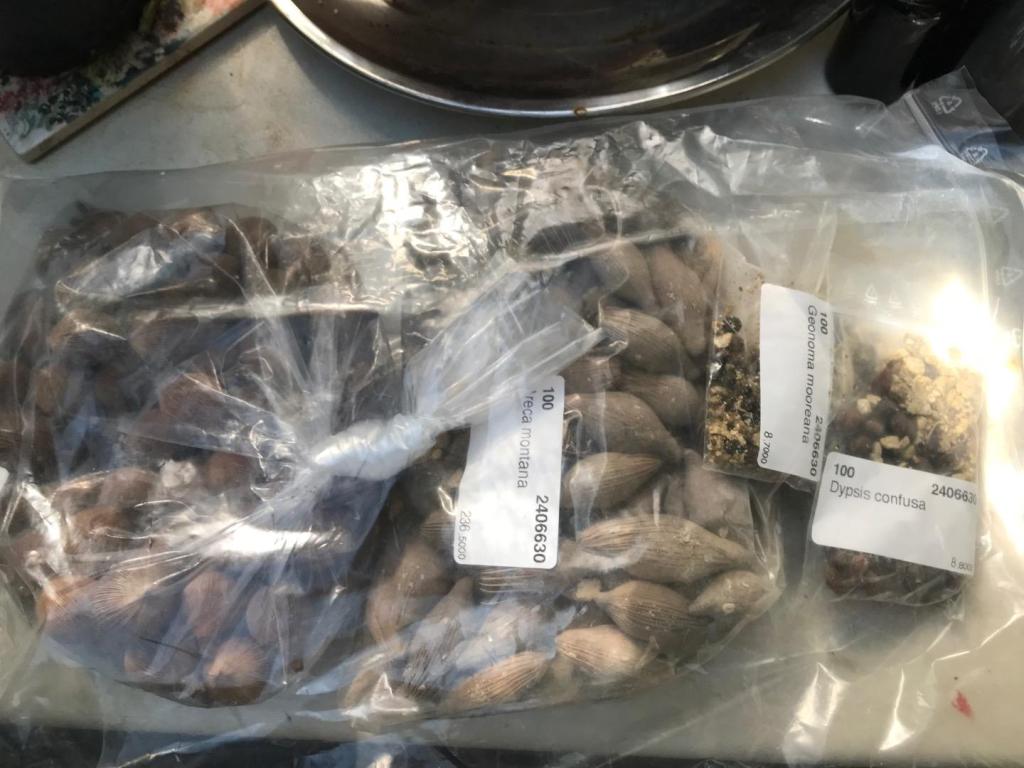


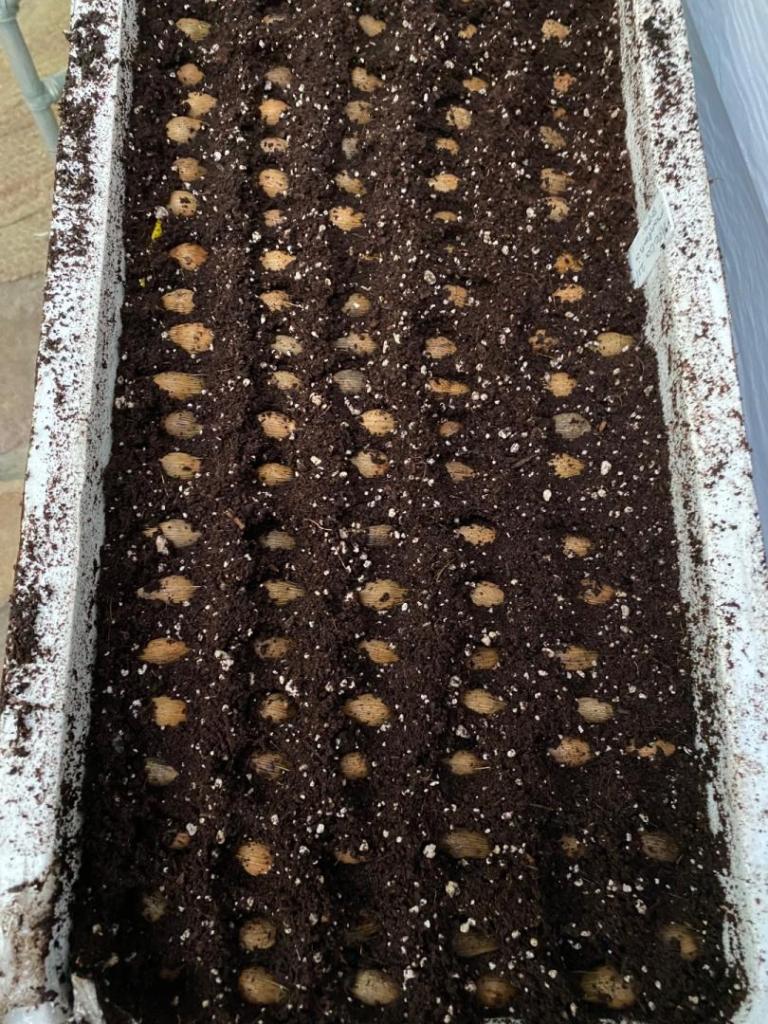

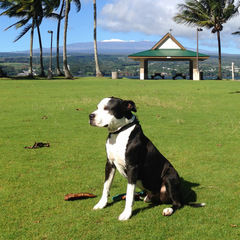
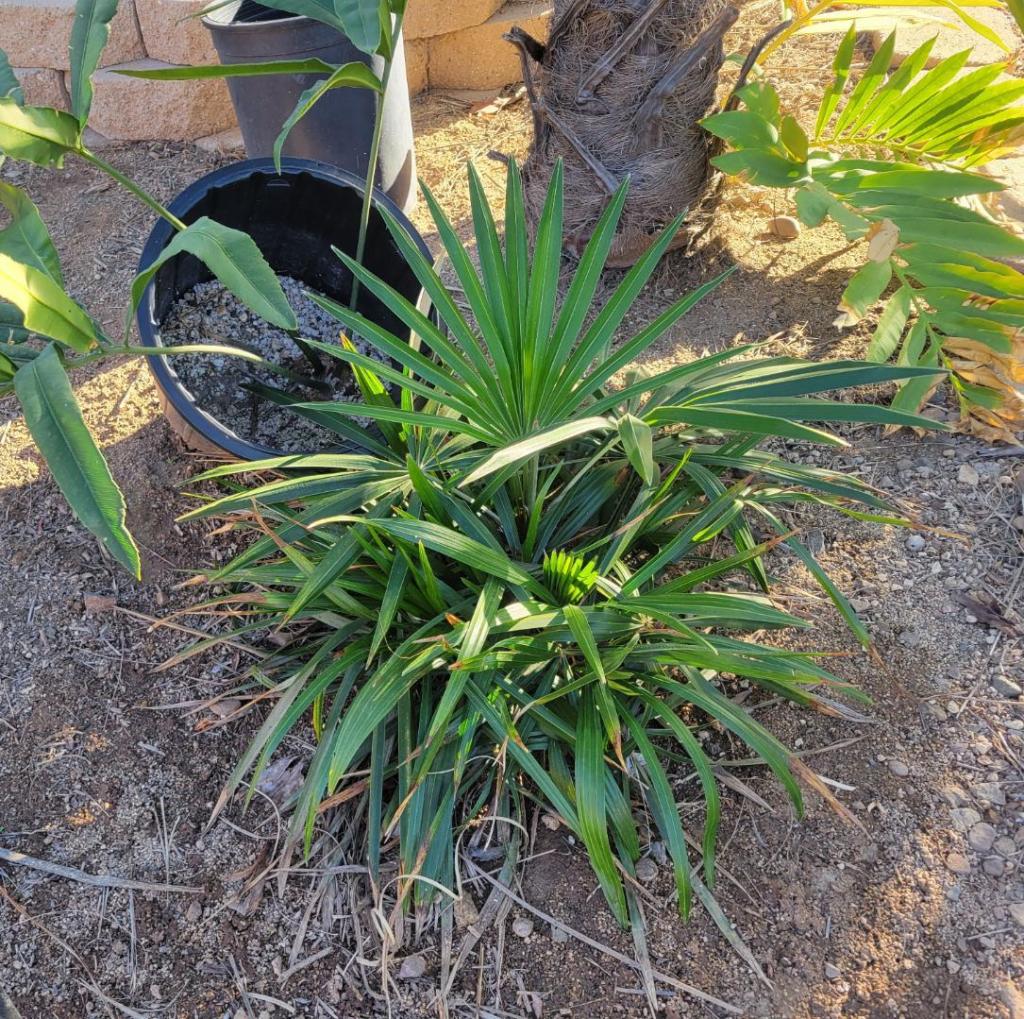















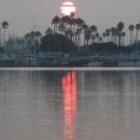





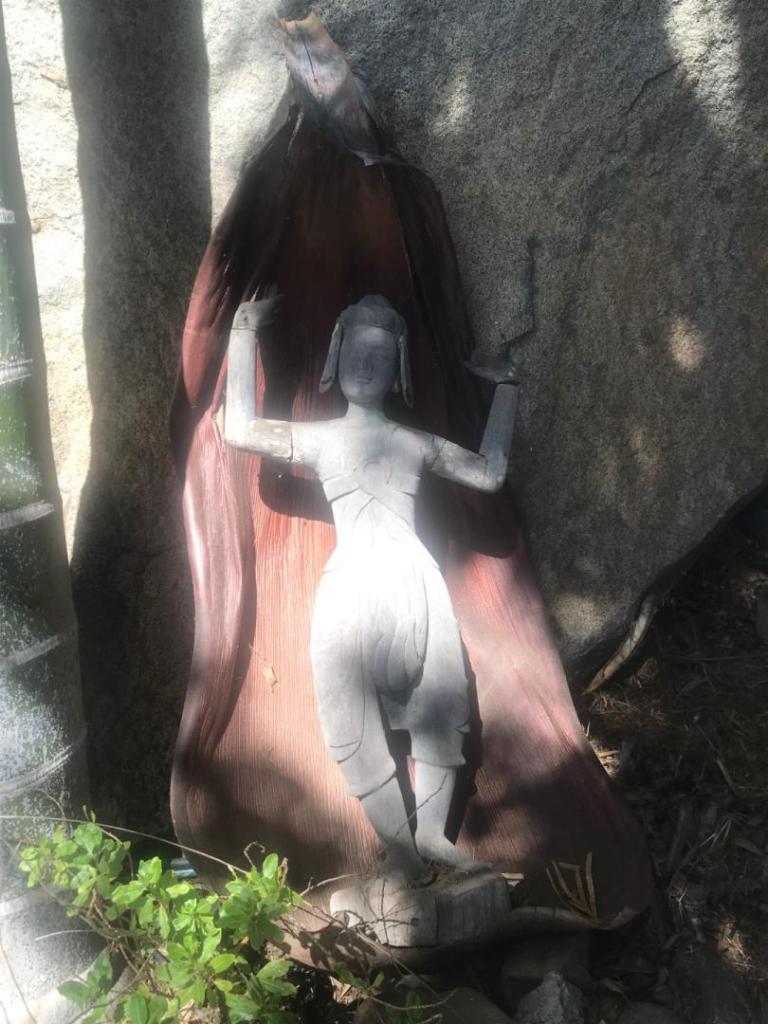

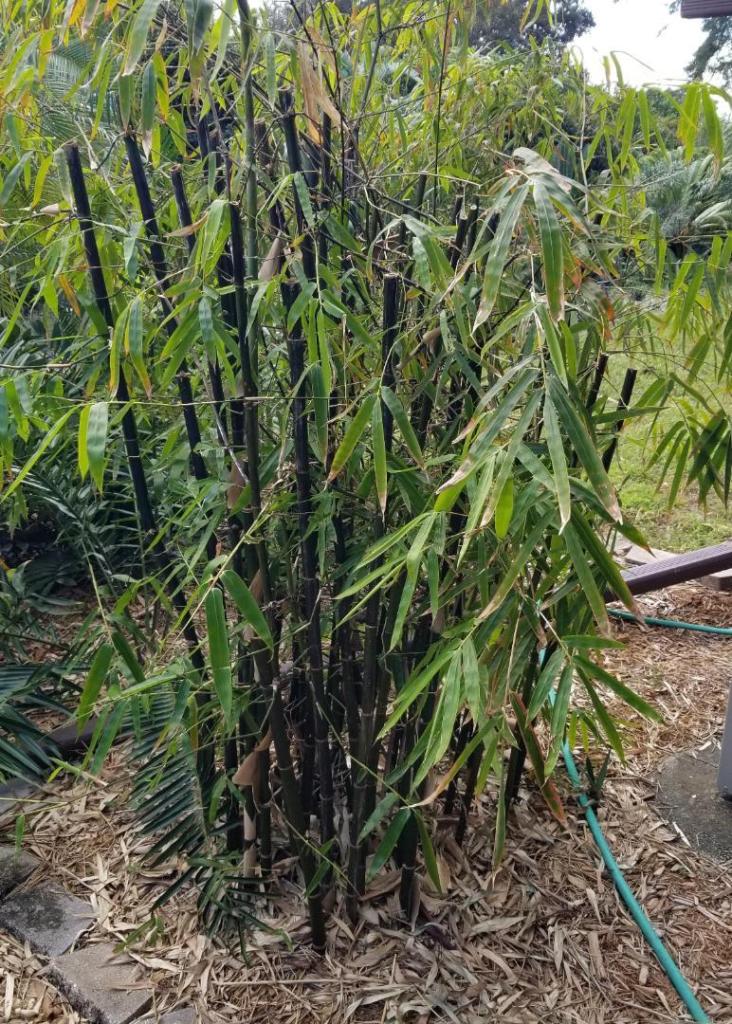


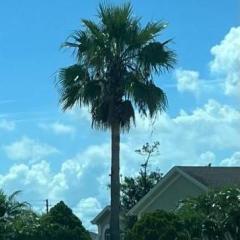

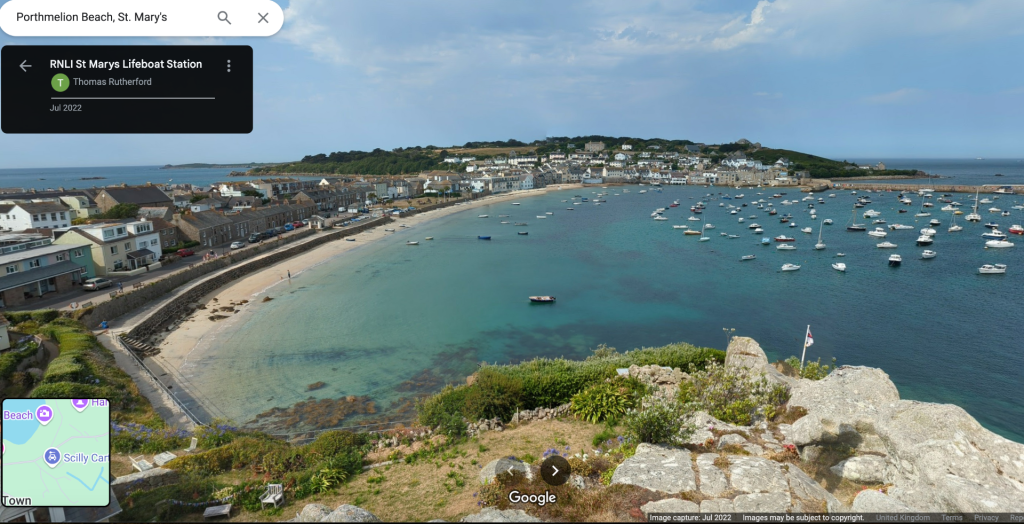


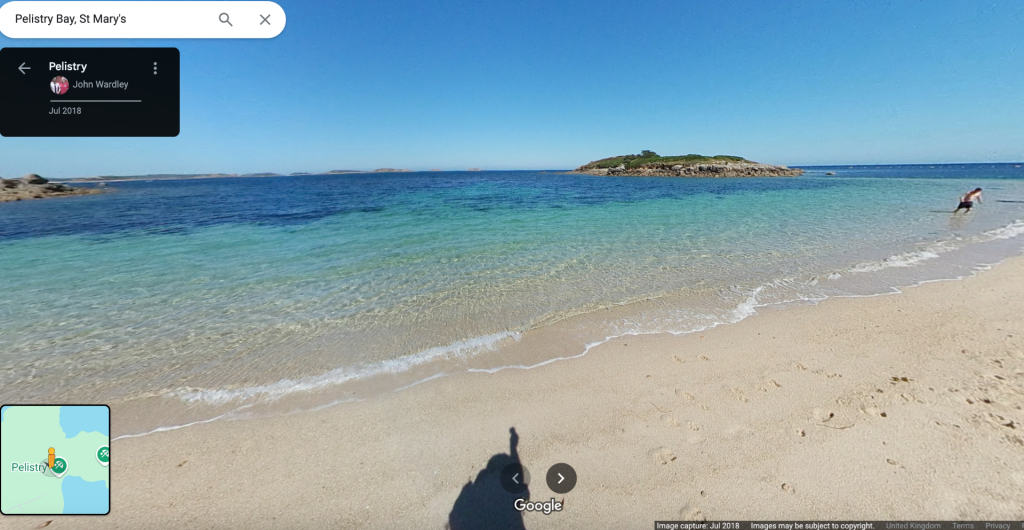



.thumb.jpg.fa31fa926516582eec21e109ec384fdf.jpg)
.thumb.jpg.4f0cbb9465958c85c1f535fe653fcb3d.jpg)




.thumb.jpg.23ec7dfb0a29e745601b09dcf10c4f63.jpg)
.thumb.jpg.9007de6035467c859d6883bce4361ec5.jpg)
.jpg.89250afdac13878fd6bcec2fd8648999.jpg)
.thumb.jpg.0e6719a71b8facc4dc3c9649dea70234.jpg)




.thumb.jpg.f573ea47d57c816f045c17cb7feb8d7f.jpg)

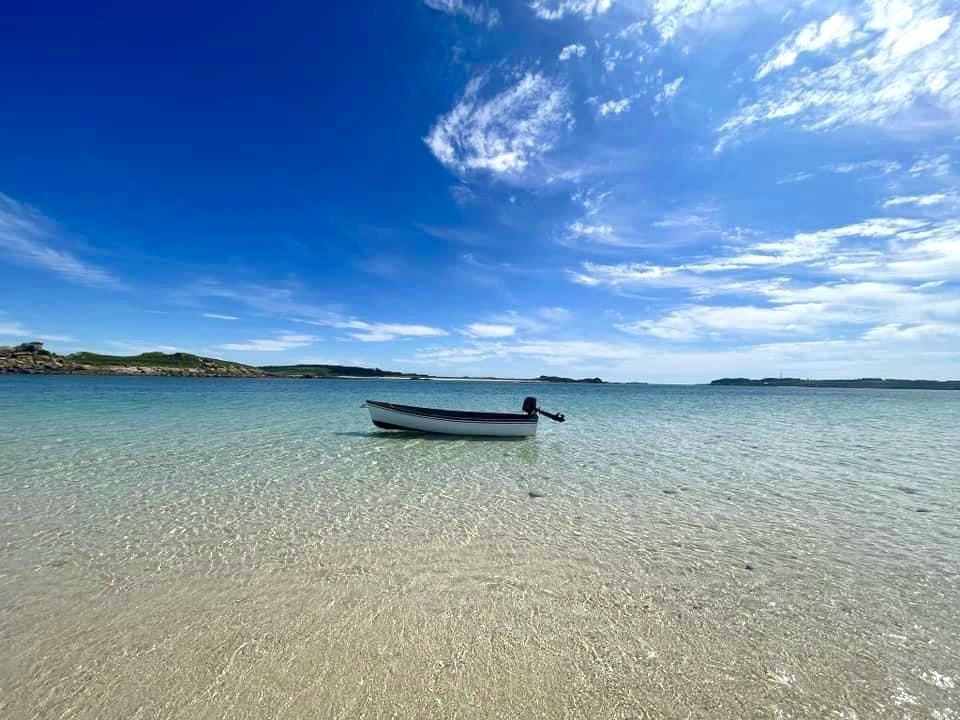
.thumb.jpg.ecc38fe221775e70cf6609db0ed07bfb.jpg)


.jpg.16f90eac799c6efd8171f2c2dca15406.jpg)

.thumb.jpg.a8b183c87e103e62b84491e02bcc6ea6.jpg)
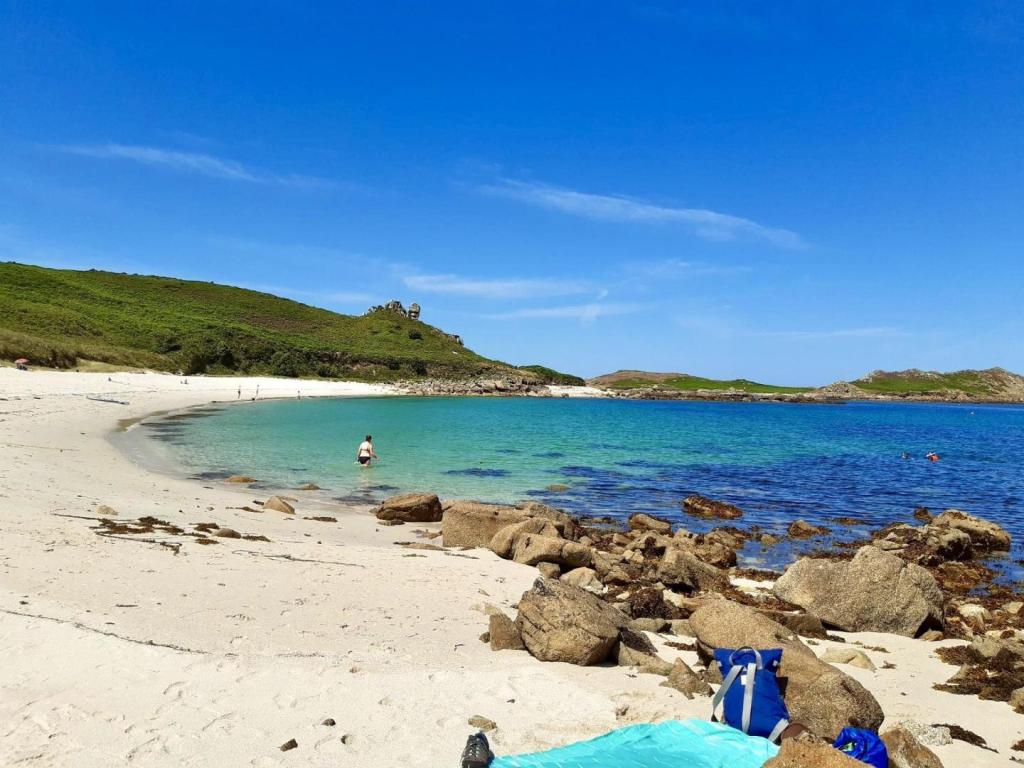
.thumb.jpg.0b6438a3b386e104ac69aeb99c3ee52e.jpg)


.jpg.b526dba4996d36b0e19be25481d07f18.jpg)
.thumb.jpg.77dd2a3bcd1563e3da5b9dff3f27ee5c.jpg)

.thumb.jpg.f8137daeae8760ec8b543155cb114ebb.jpg)
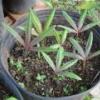

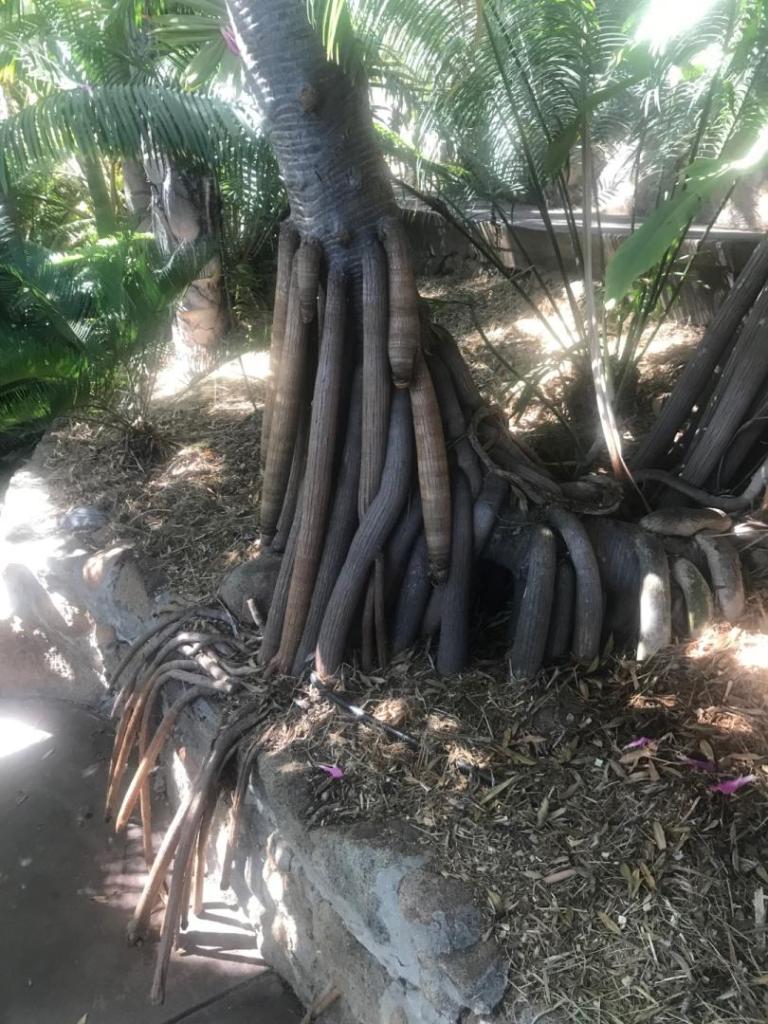

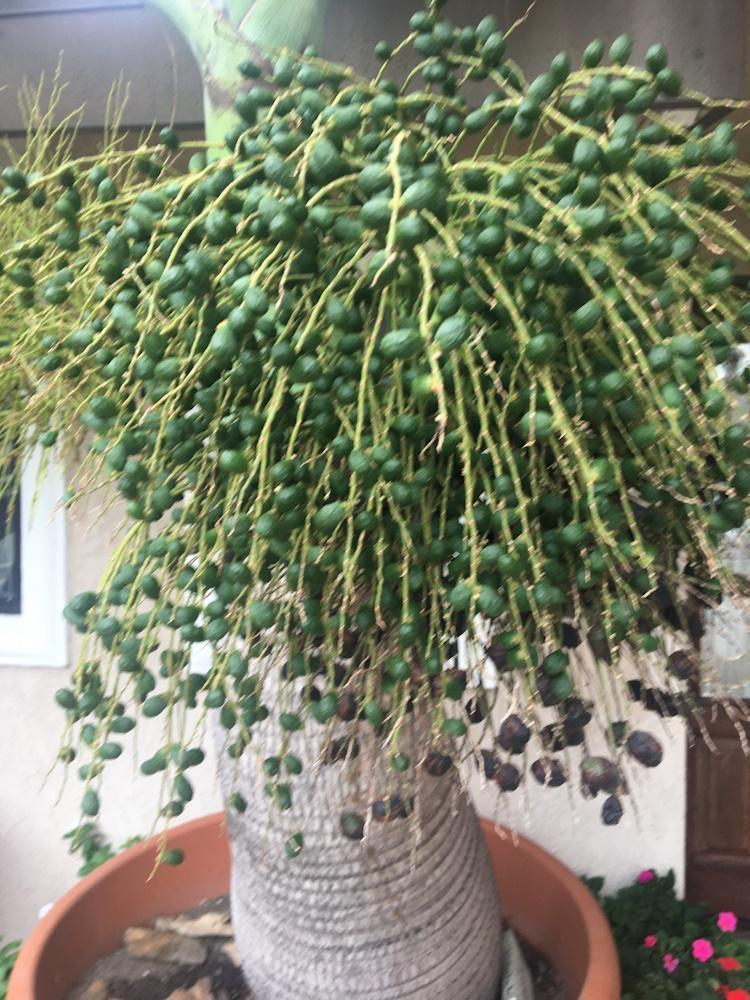


.thumb.jpg.703c5a3e783508da2f1084732c83e90b.jpg)








